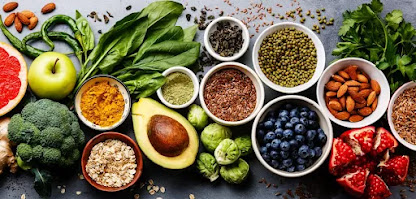You've probably heard the expression "you are what you eat," and this is especially true for your teeth and gums. The bacteria in your mouth that cause tooth decay and gum disease love those starchy or sugary foods we enjoy.
The difference between a healthy smile and frequent dental visits is largely determined by your diet. Even with a good oral hygiene routine (brushing twice a day, flossing once a day), keeping your teeth healthy in the long run can be difficult.
You've probably heard the saying, "You are what you eat," and your teeth and gums are no exception. These starchy or sweet meals are particularly beloved by the oral bacteria that cause gum disease and tooth decay.
Your diet has a significant role in determining whether you have a healthy smile or need frequent dental work. Long-term tooth health can be challenging, even with a decent oral hygiene regimen (brushing twice daily, flossing once daily).
·
Vegetables
(broccoli, carrot, Spinach)
·
Fruits
(oranges and apples, pears)
·
Nuts
(walnuts and almonds)
·
Cranberries
and Raisins (Fresh or Sugar-Free)
·
Seeds
(pumpkin seeds and flax seeds).
·
Cheese,
Milk, and Yogurt
·
Water
The best way to consume this meal is uncooked. Food that hasn't been cooked or treated retains all of its natural nutrients. They massage your teeth and gums, strengthen and keep your teeth brighter when you chew them in their raw state.
Meals and beverages that are bad for your health and that will make your teeth look pale and unclean include:
- Steer clear of sugary meals, which are particularly damaging to teeth and gums. If the sugar is not eliminated, it can attach to the teeth and gums and result in plaque and cavities.
- Avoid starchy meals as well because they can lead to plaque and cavities if they stay to your teeth and gums. The possibility for injury is increased if starchy foods are left in the mouth for a long time.
- Soft drinks can damage teeth because the acid in them can "eat" away at the enamel and the sugar in them can lead to tooth decay.
These are some foods that can help in whitening your teeth. However, you must add wholesome and fibrous foods to your daily diet for overall oral health that includes white teeth and stronger gums. Also, drink a lot of water as it helps in washing away acid-producing foods from your mouth that can stain your teeth.



